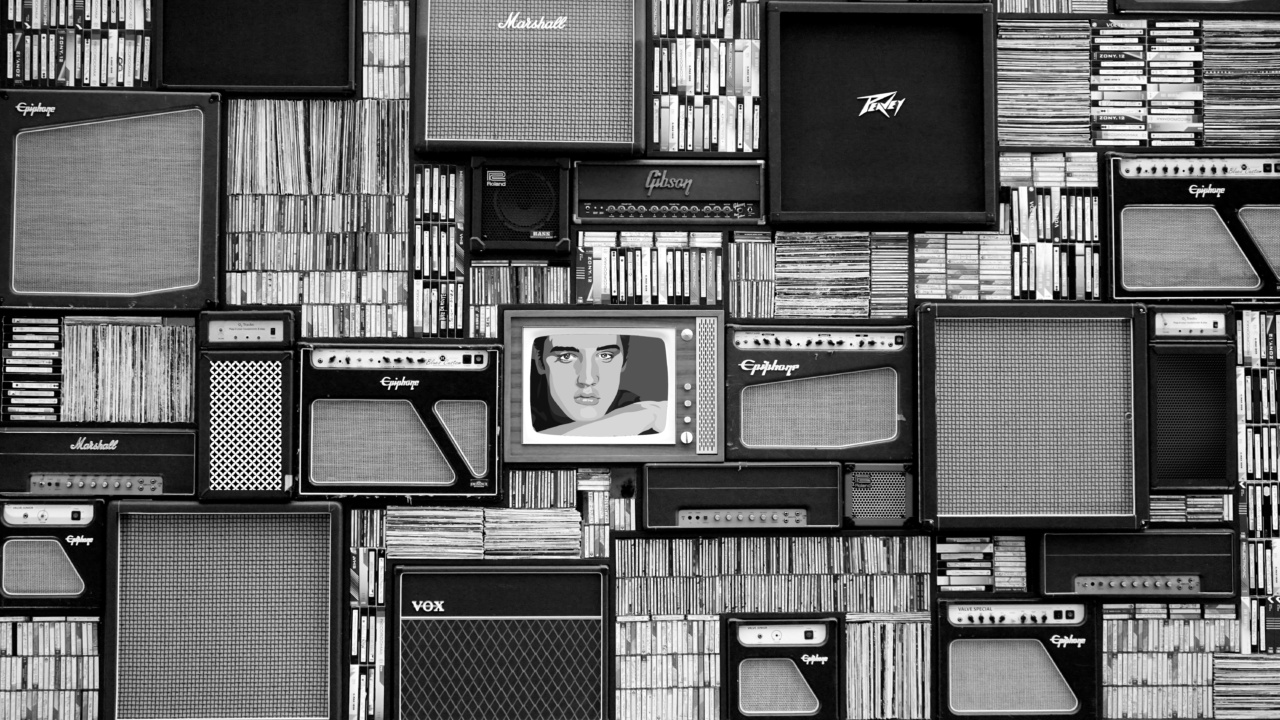Schizophrenia is a complex mental disorder that affects approximately 1% of the population worldwide. One of the hallmark symptoms of schizophrenia is the presence of audio hallucinations, also known as auditory verbal hallucinations (AVHs).
These hallucinations can be extremely distressing and can significantly impair an individual’s ability to function in daily life. In this article, we will delve into the fascinating world of schizophrenic audio hallucinations, exploring their characteristics, underlying mechanisms, and potential treatment approaches.
What are audio hallucinations?
Audio hallucinations are perceptual experiences of hearing sounds, voices, or other auditory stimuli that are not present in the external environment. These hallucinations can manifest as whispers, murmurs, or even loud and commanding voices.
In the context of schizophrenia, audio hallucinations are typically experienced as voices that originate externally and are often derogatory, critical, or even threatening in nature.
The different types of audio hallucinations
Audio hallucinations in schizophrenia can be categorized into different types based on their characteristics:.
1. First-person hallucinations
In first-person hallucinations, the individual perceives the voices as if they were their own thoughts. These hallucinations can be difficult to differentiate from the person’s inner voice, leading to confusion and a loss of sense of self.
2. Second-person hallucinations
Second-person hallucinations involve the perception of voices talking or addressing the individual directly. The voices may engage in conversations or give constant commentary on the person’s thoughts, actions, or behavior.
3. Third-person hallucinations
Third-person hallucinations involve the perception of voices talking about the individual or their actions as if they were not present.
These hallucinations can be particularly distressing and can contribute to paranoid thoughts and feelings of persecution.
The underlying mechanisms of audio hallucinations
The exact cause of audio hallucinations in schizophrenia is not yet fully understood. However, various neurobiological and psychological factors have been implicated in their development:.
1. Neurochemical imbalances
Imbalances in neurotransmitters, such as dopamine and glutamate, have been associated with the occurrence of audio hallucinations.
Elevated dopamine levels, in particular, have been linked to the positive symptoms of schizophrenia, including hallucinations and delusions.
2. Abnormal brain activity
Functional brain imaging studies have revealed abnormal activity in several brain regions during audio hallucinations, including the auditory cortex, prefrontal cortex, and limbic system.
Disruptions in the neural networks responsible for processing auditory information and assigning meaning to stimuli may contribute to the experience of hallucinations.
3. Cognitive factors
Cognitive processes, such as attention, memory, and self-monitoring, have been found to play a role in the perception of audio hallucinations.
Disturbances in these cognitive functions may lead to misinterpretation of internal thoughts as external voices or a failure to distinguish reality from imagination.
Treatment approaches for audio hallucinations
Given the debilitating impact of audio hallucinations on individuals with schizophrenia, various treatment approaches have been developed to alleviate their symptoms:.
1. Antipsychotic medication
Antipsychotic medications, such as risperidone and olanzapine, are commonly prescribed to manage audio hallucinations and other psychotic symptoms in schizophrenia.
These medications help normalize neurochemical imbalances in the brain and reduce the intensity and frequency of hallucinations.
2. Cognitive-behavioral therapy (CBT)
Cognitive-behavioral therapy has shown promise in treating audio hallucinations.
This therapeutic approach aims to change an individual’s relationship with their hallucinations by challenging the content and meaning of the voices, enhancing coping strategies, and improving overall quality of life.
3. Transcranial magnetic stimulation (TMS)
TMS is a non-invasive brain stimulation technique that involves delivering magnetic pulses to specific regions of the brain.
It has been explored as a potential treatment for audio hallucinations, with some studies showing promising results in reducing the severity and frequency of hallucinations.
Conclusion
Audio hallucinations are a distressing and disruptive symptom of schizophrenia. Understanding the different types of hallucinations and the underlying mechanisms behind their occurrence is crucial for developing effective treatment strategies.
While antipsychotic medications remain the cornerstone of treatment, cognitive-behavioral therapy and emerging techniques like transcranial magnetic stimulation offer hope for individuals struggling with audio hallucinations. With ongoing research and advancements in our understanding of schizophrenia, we can strive to improve the lives of those experiencing these debilitating symptoms.































